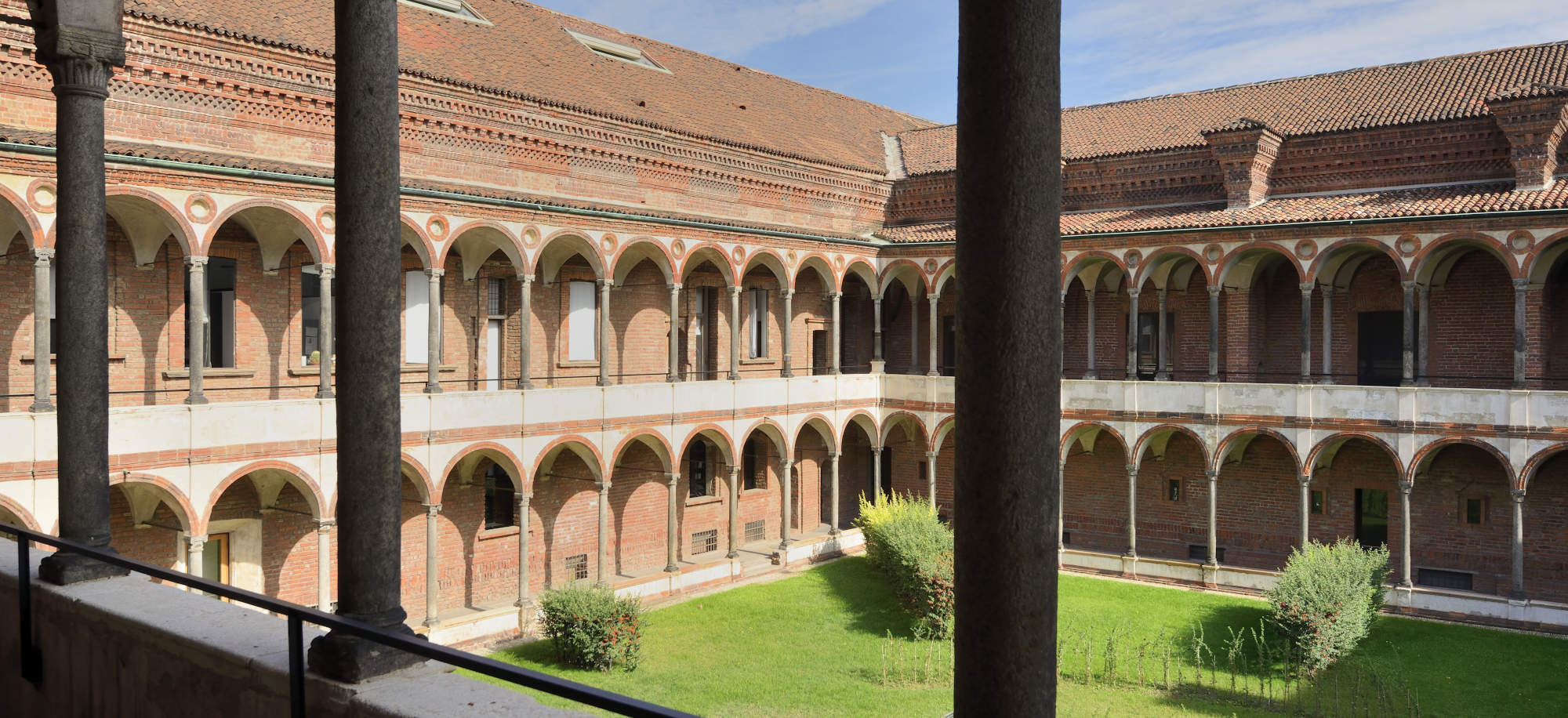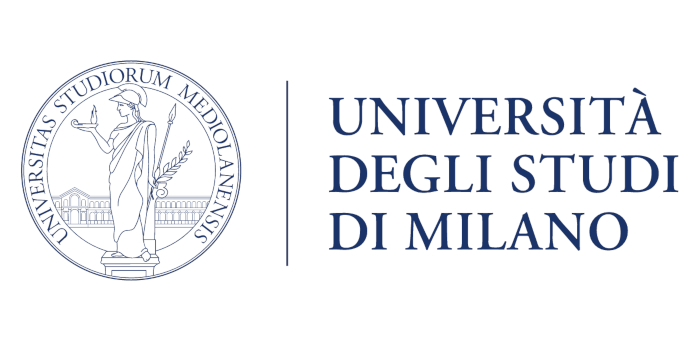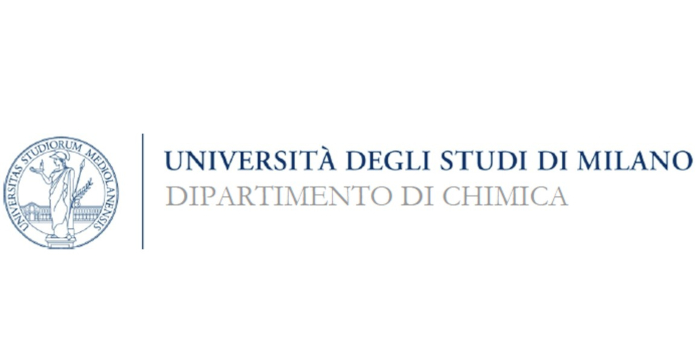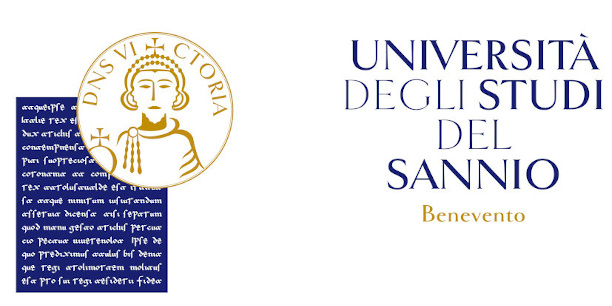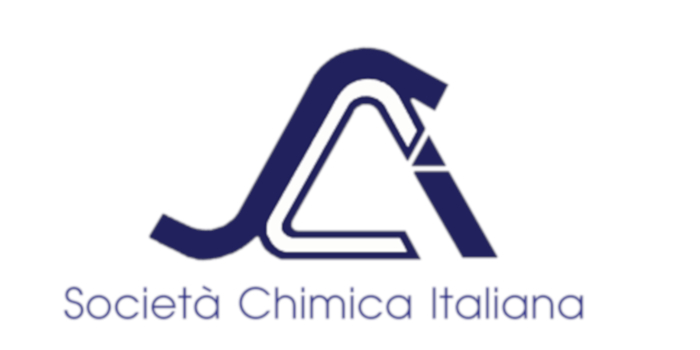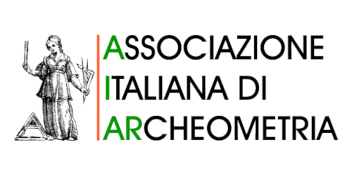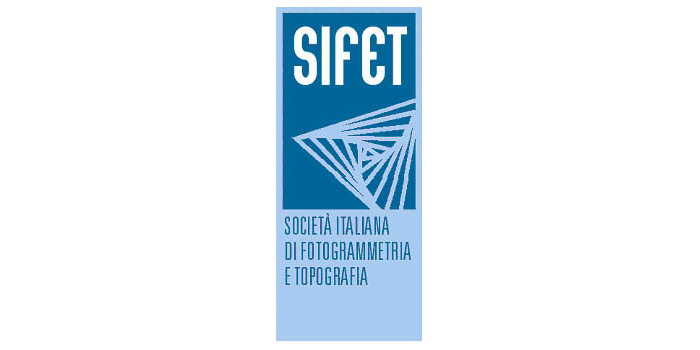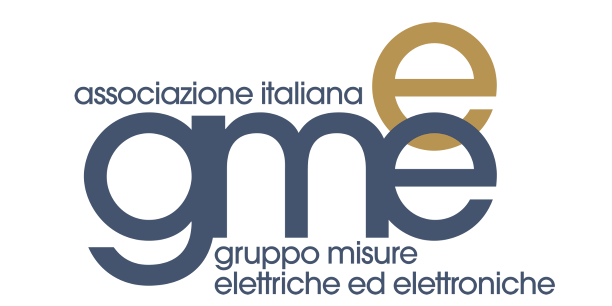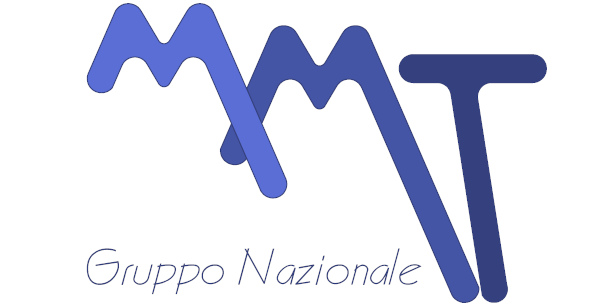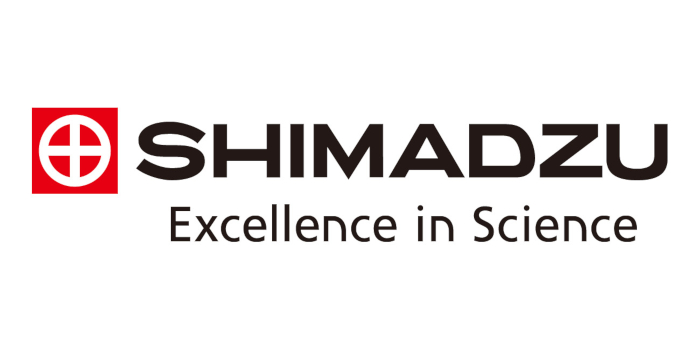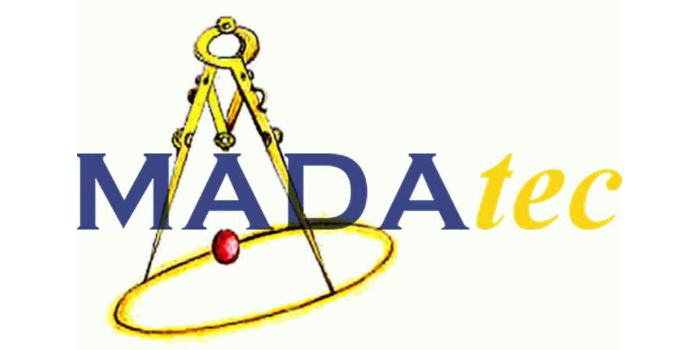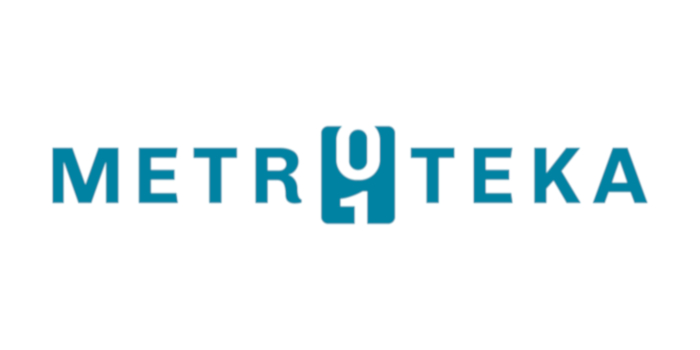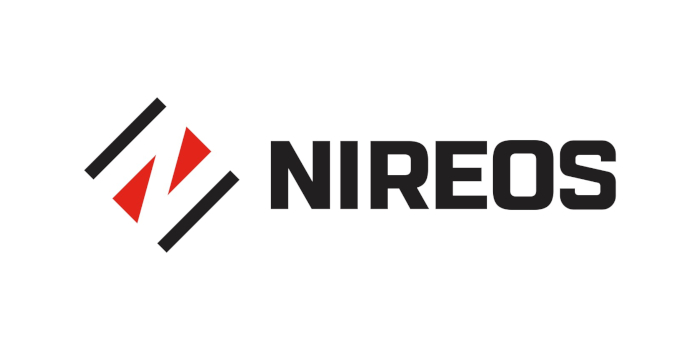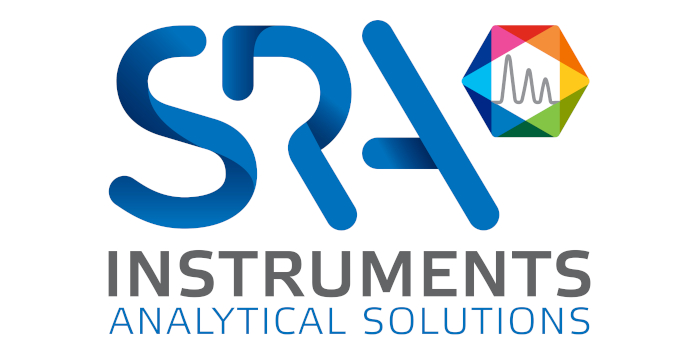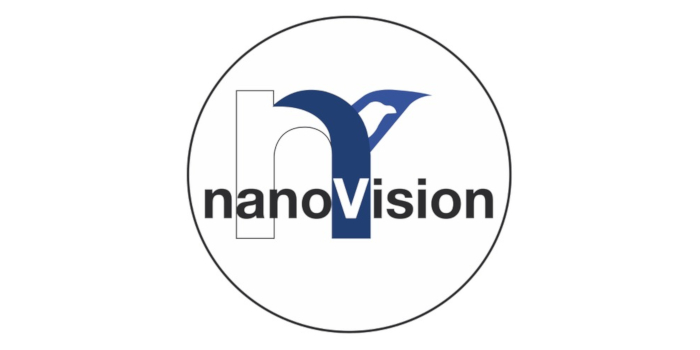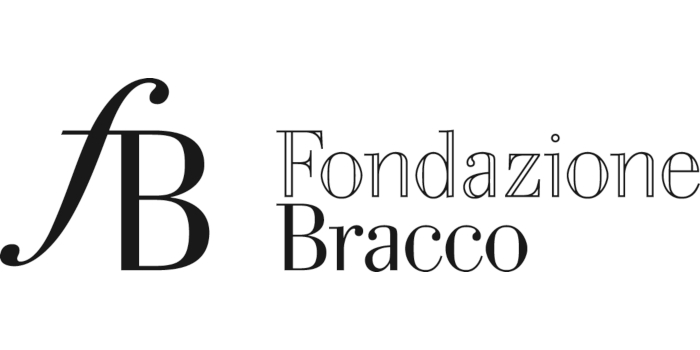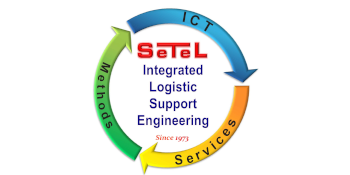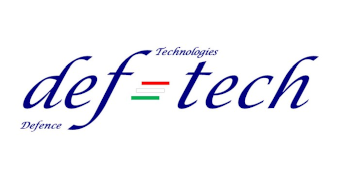3D and multispectral scanning analysis for cultural heritage applications
ORGANIZED BY
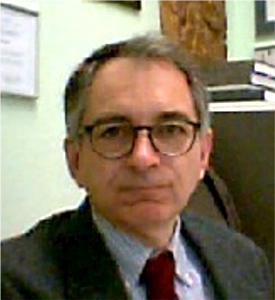
Dario Ambrosini
University of L'Aquila, Italy
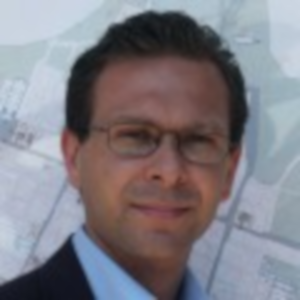
Stefano Brusaporci
University of L'Aquila, Italy

Luca Di Angelo
University of L'Aquila, Italy
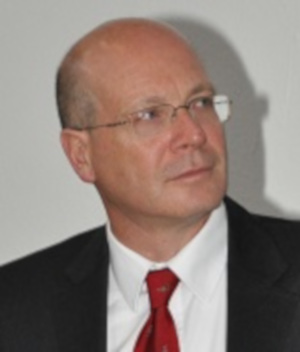
Paolo Di Stefano
University of L'Aquila, Italy
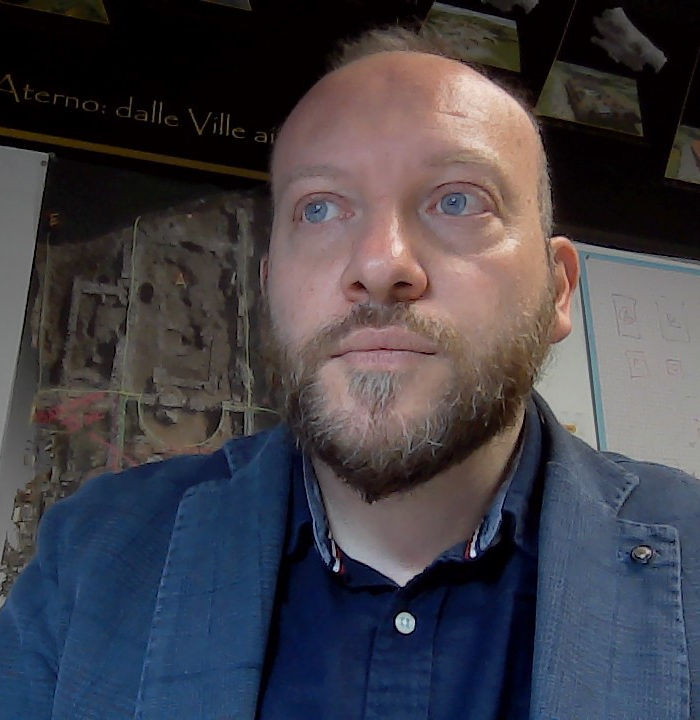
Alfonso Forgione
University of L'Aquila, Italy
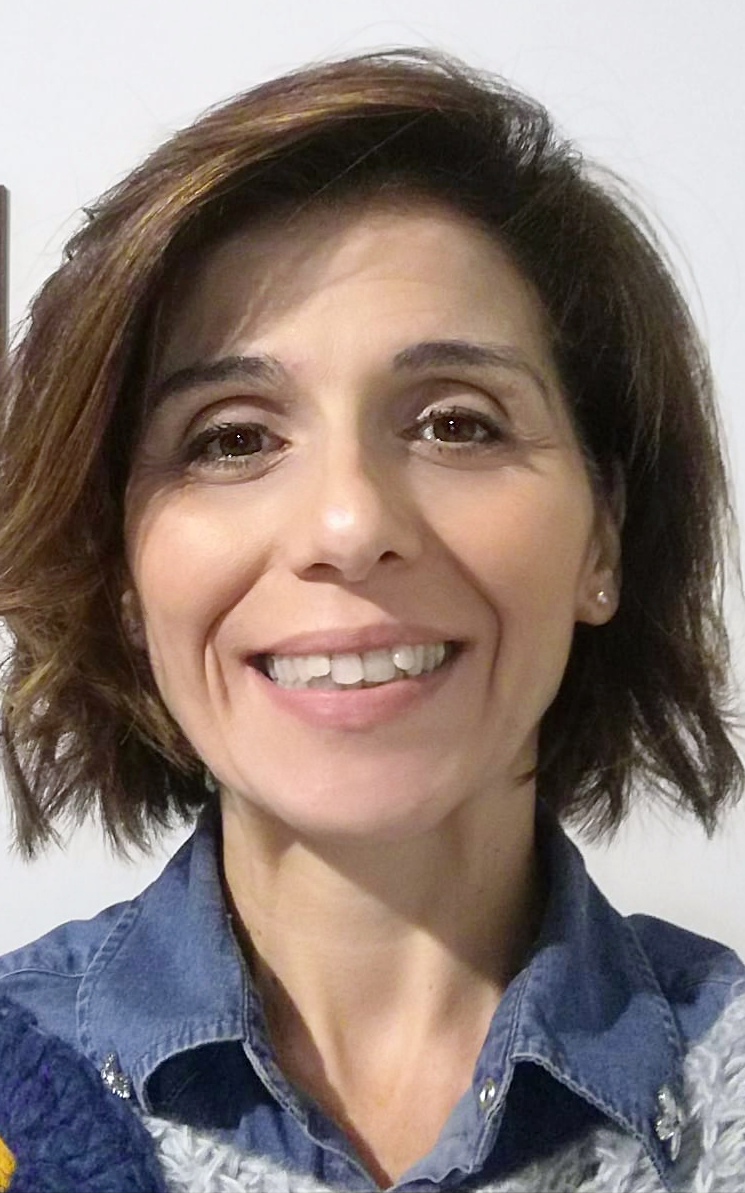
Anna Eva Morabito
University of Salento, Italy
ABSTRACT
The traditional techniques for performing the preservation activities (analysis, diagnostics, and conservation) in Cultural Heritage have proven to be time-consuming and not repeatable or reproducible, as they strongly depend on operators’ skills. For these reasons, in the last decades, those operations have been progressively flanked by digital ones, which have also led to the introduction of new revolutionary approaches to preservation activities. All these new methodologies require a digitalization of the cultural heritage with one or more of the current techniques: acquisition range from images and videos (e.g., photogrammetry, depth-cameras, structure from motion), laser scanning techniques (e.g., structured light 3D scanning, laser 3D scanning), spectral imagining (e.g., reflectance spectral imaging, multi- or hyper-spectral imaging, X-ray fluorescence spectrometry). Nevertheless, all the data (geometrical and other), as those obtained by means of each of the above-mentioned techniques, cannot be directly used for finds preservation: it only provides low-level information limited to point color and/or coordinates and the normal of triangles enclosing it. Data processing becomes, therefore, necessary in order to perform each of the preservation activities.
This session will focus on all innovative aspects of the research, and development related to this field. Original research papers that focus on the development and experimental verification of computer-based algorithms and 3D modeling for cultural heritage are welcome. We invite authors to contribute both reviews and original research articles that will illustrate and stimulate the continuing research in this field.
TOPICS
Topics include, but are not limited to:
- 3D cultural heritage;
- Automatic features recognition;
- Color and texture analysis for image retrieval;
- Computer methods in cultural heritage;
- Measurement precision in cultural heritage;
- Shape and texture classification;
- Similarity metric;
- Surface segmentation;
- Digital Heritage;
- 3D modeling;
- Computer-based Visualization.
ABOUT THE ORGANIZERS
Dario Ambrosini is a full professor in the Department of Industrial and Information Engineering and Economics of the University of L’Aquila (Italy). His research interests include Cultural Heritage NDT, Image Processing and Building Physics. He pioneered the use of optical techniques (speckle methods, fringe projection, thermal quasi-reflectography…) in cultural heritage conservation. His application of these devices to art enabled him to work on many famous artworks, including The Resurrection by Piero della Francesca, The Monochrome by Leonardo da Vinci in the Sforza Castle (Milan), The Madonna of the Zodiac by Cosmè Tura, the "Natività" by Andrea Della Robbia, The North Door of Florence Baptistery by Lorenzo Ghiberti, the Madonna di Castelfiorentino by Cimabue (and perhaps Giotto), the frescoes in the Chapel of Queen Teodolinda (Monza, Italy) by the Zavattari family and The Dancing Satyr of Mazara del Vallo. He is a Fellow member of SPIE (The International Society for Optics and Photonics) and an Associate Editor of the journal Optics and Lasers in Engineering. He authored or co-authored more than 250 papers, his current h-index (Scopus) is 25. Since 2013 he is a member of the Programme Committee of the biennial Conference "O3A: Optics for Art, Architecture and Archaeology", the leading event for optical metrology for heritage.
Stefano Brusaporci is associate professor of architectural drawing, modeling and visualization (SSD ICAR/17), at the Civil, Construction-Architectural and Environmental Engineering Department, L’Aquila University. He works in the following research fields: Historical-critical analysis, surveying, documentation, interpretation, conservation, communication, and valorization of architectonical heritage; Digital surveying, 3D modeling, computer based visualization, Building Information Modeling for architectural and urban heritage; History of survey and representation. He is member of the Doctoral School of “Civil, Construction-Architectural and Environmental Engineering”, and Head of the Laboratory of Architectural Survey and 3D Modeling, at L’Aquila University. He is Editor-in-Chief of the scientific, on line, diamond open access journal «DISEGNARECON» ISSN 1828 5961 (http://disegnarecon.univaq.it) indexed in Scopus and WoS ESCI. He is author of more than 130 scientific publications, and reviewer for several scientific journals.
Luca Di Angelo obtained his degree in Mechanical Engineering, summa cum Laude, in October 1999 from the Faculty of Engineering of L’Aquila and his Ph.D. in Mechanical Engineering in 2002 from the University of ‘‘Tor Vergata’’ in Rome. He is a Full Professor in the Department of Industrial and Information Engineering, and of Economics of the University of L’Aquila, Italy. His research interests include computational geometry, geometric modeling of functional geometric shape, shape errors modeling, recognition of geometric features for the biomedical and archaeological fields. Luca Di Angelo is co-author of over ninety papers in international journals and international conferences.
Paolo Di Stefanois full professor of Mechanical Engineer at the Industrial Engineering Department of the University of L'Aquila (Italy). He holds his "laurea" degree in the University of Rome. Prior to joining the University of L'Aquila he held several manager position in automotive industry. He is the coordinator of the Master of Science Degree in Mechanical Engineering.
His current research activities involves computational geometry, geometric modeling, Feature-Based methodologies and automatic feature recognition, computer aided methods for dimensioning and tolerancing, geometric inspection of the industrial product, product design and development, analysis of the geometric differential properties in discrete models and methods for cultural heritage investigation.
His research activity is described in many scientific papers and congress communications published on international journals.
Alfonso Forgione is a researcher of Medieval Archeology in the Department of Human Sciences of the University of L’Aquila. His research interests range from the Norman castellation in the Italian region of Abruzzo to early Medieval settlements and Architectural Archaeology. He is currently in charge of the Archaeological Laboratory of the University of L'Aquila, Working in collaboration with the Chair of Medieval Archaeology at the same university, he has carried out extensive archaeological research both in Abruzzo and Tuscany, with specific reference to castles, and civilian and religious settlements.
He has supervised several Ph.D. dissertations and many masters and senior theses in the above-mentioned scientific areas.
He is the author or co-author of 5 international books on Archaeology. He has authored or co-authored several conference communications and original scientific papers.
Anna Eva Morabito received her PhD in Materials Engineering from the University of Salento in co-supervision with the University of Montpellier II. She is associate professor at the Department for Engineering Innovation at the University of Salento where she is lecturer in the courses of “Industrial Technical Drawing” and “Computer-Aided Design”.
Her main research interests are now focused on geometric inspection of industrial products, feature recognition, geometric modelling of complex systems, computer-aided methods for dimensioning and tolerancing, analysis of the geometric differential properties in discrete models and methods for cultural heritage investigation.
She has co-authored of several publications on international journals, book chapters, and international and national conferences.
